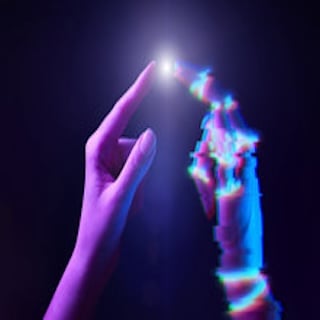Natural DNA is often double-stranded: one strand to encode the genes and one backup strand, intertwined in a double helix. The double helix is stabilized by Watson-Crick interactions, which allow the two strands to recognize and pair with one another. Yet there exists another, lesser-known class of interactions between DNA. These so-called normal or reverse Hoogsteen interactions allow a third strand to join in, forming a beautiful triple helix.
In a recent paper, published in Advanced Materials, researchers from the Gothelf lab debut a general method to organize double-stranded DNA, based on Hoogsteen interactions. The study unambiguously demonstrates that triplex-forming strands are capable of sharply bending or “folding” double-stranded DNA to create compacted structures. The appearance of these structures range from hollow two-dimensional shapes to dense 3D constructs and everything in-between, including a structure resembling a potted flower. Gothelf and co-workers have named their method triplex origami.
Journal Article:
Folding Double-Stranded DNA into Designed Shapes with Triplex-Forming Oligonucleotides

